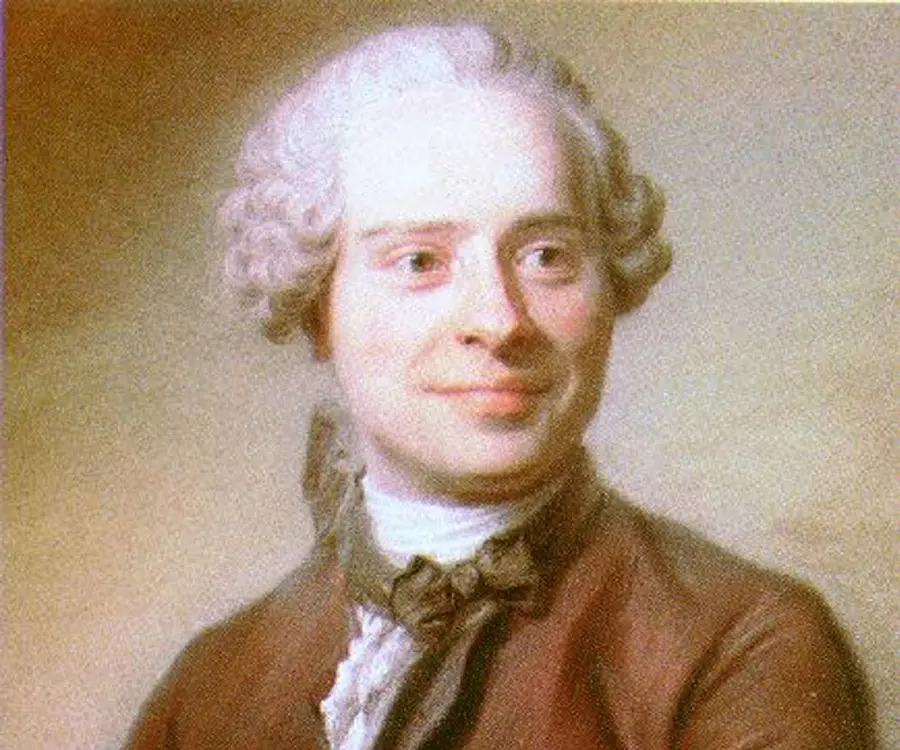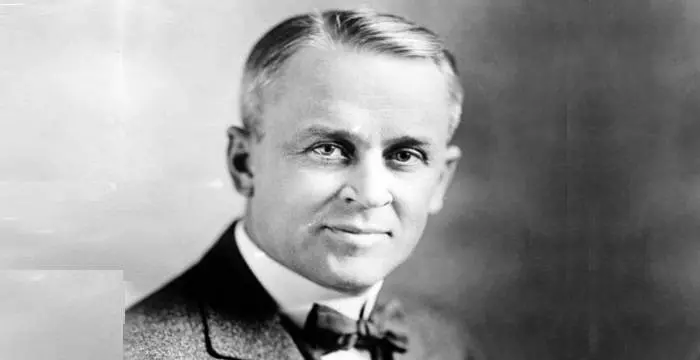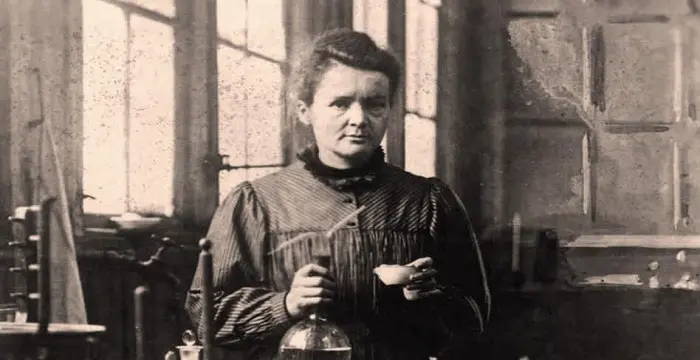
Jean Le Rond d’Alembert - Philosopher and Musical Intellectual, Family and Family
Jean Le Rond d’Alembert's Personal Details
Jean Le Rond d’Alembert was a famous French mathematician, philosopher, and music theorist, and also the co-editor of the Encyclopédie
| Information | Detail |
|---|---|
| Birthday | November 16, 1717 |
| Died on | October 29, 1783 |
| Nationality | French |
| Famous | Intellectuals & Academics, Philosophers, Mathematicians, Physicists, Philosopher and Musical Intellectual |
| Birth Place | Paris |
| Gender | Male |
| Sun Sign | Scorpio |
| Born in | Paris |
| Famous as | Mathematician, Physicist, Philosopher And Musical Intellectual |
| Died at Age | 65 |
Jean Le Rond d’Alembert's photo
Who is Jean Le Rond d’Alembert?
A great mathematician, philosopher and music theoretician, Jean Le Rond d’Alembert was among the most influential men of his time. His “Traité de dynamique”, in which he expounded his own laws of motion, is one of his notable works. He did some outstanding developments in the field of mathematics, particularly, in the ‘foundations of mathematics’. The “d’Alembert theorem” and the “ratio tests” (a test to check if a “series” unites) developed by him is followed in mathematics even now. He expressed a fair amount of interest in physics as well, and thus, came up with the “d’Alembert operator”, which is vital in modern theoretical physics. As a mathematician and physicist, he received reasonable reputation and was therefore chosen to edit articles on mathematics and physics for the French encyclopedia. Later he turned to philosophy, literature and music. Some his philosophical works were highly praised in the salons he attended. Read on to know more about this genius.
// Famous Mathematicians
Grigori Perelman
Grigori Perelman is a Russian mathematician who is best known for his contributions to Riemannian geometry and geometric topology. Check out this biography to know about his childhood, family life, achievements and fun facts about him.
Terence Tao
Terence Tao is an Australian- American mathematician who has contributed enormously to the field of mathematics. Check out this biography to know about his childhood, family life and achievements.
Isaac Newton
Isaac Newton was an English scientist and mathematician, who discovered gravitation and Newtonian Mechanics. Read this biography to find more on his life.
Biography detail
Childhood
Jean Le Rond d’Alembert was born in Paris, on 16 November 1717, to an author Claudine Guérin de Tencin and an artillery officer Louis-Camus Destouches. He was their illegitimate child, for which his mother abandoned him on the steps of the Parisian church of Saint-Jean-le-Rond, a couple of days after his birth. It was there he received his Christian name, after the name of the patron saint of the church. He was then placed in an orphanage. After a brief stay at the orphanage he was adopted by a glazier’s wife, upon Destouches’s recommendation. Though de Tencin never accepted d’Alembert as her son, Destouches did not abandon his son and in fact, even paid for d’Alembert’s education. Destouches died in 1726, leaving an annual allowance of 1200 French livres for d’Alembert. It was because of the influence of the Destouches that d’Alembert could enter a prestigious Jansenist school at the age of twelve.
Education
In the Jansenist Collège des Quatre-Nations, d’Alembert studied law, philosophy and arts. He graduated in 1735 and then studied in a law school, becoming an ‘avocat’ in 1738. Mathematics and medicine had also sparked some interest in him. Though he studied to become a lawyer, he never practiced it. After a year of study in the field of medicine, he ultimately dedicated himself to mathematics.
Career as a Mathematician
In 1739, d’Alembert read a paper to the Academy of Sciences in which he mentioned about the mathematical errors in Reyneau's standard text Analyse démontrée. This work though insignificant, marked the beginning of his career as a mathematician. The following year he submitted a paper on the mechanics of fluids “Mémoire sur la réfraction des corps solides”, which was recognized by Clairaut, a renowned French mathematician. In 1741, d’Alembert was elected to the Academy of Sciences on the basis on his works. He published his most significant work “Traité de dynamique”, his own fundamental on dynamics, in 1743. He spoke about the famous “d’Alembert’s principle”, which states that the “third law of Newton” that every action has an equal and opposite reaction applies to free bodies and rigid or fixed bodies as well. In 1744 he explained the theory of equilibrium “Traité de l’équilibre et du mouvement des fluids”, through the application of his principles. The next development was on the partial differential equations (a division of theory of calculus) and their use in physics. He published the initial works and findings in his “Réflexions sur la cause générale des vents”, in 1747. He was honored with a prize at the Berlin Academy for his commendable work.
He continued his research and applied his new calculus on vibrating strings. This article was published as “Recherches sur les cordes vibrantes”, in 1747. In 1749, he explained the “precession of equinoxes” (the changing position of Earth’s orbit) and the “nutation” (nodding) of the Earth’s axis. He elucidated these phenomenons in the book “Recherches sur la précession des équinoxes et sur la nutation de l’axe de la terre”. In 1752, he published his “Essai d’une nouvelle théorie de la résistance des fluids”, a thesis illustrating that the “drag” on a body submersed in an incompressible elastic fluid is zero. d’Alembert’ himself was quite unhappy with the conclusion, which eventually came to be known the “d’Alembert’s paradox”. He was elected a member of the French Academy in 1754. From 1754 to 1756, he worked on a solution to the problem of the perturbations (deviations of orbits) of the planets. In between 1761 and 1780, he collected his mathematical articles and published them as “Opuscules mathématiques” in eight volumes. d’Alembert believed that science was only the source or true and pure knowledge and the only means of improving and educating the society. He served as editor of the scientific and mathematical articles, in 1746.
Literary and Philosophical Works and Later Years
d’Alembert’s first philosophical work was “Discours préliminaire” to the “Encyclopédie” in 1751. Even when d’Alembert was engrossed in his mathematical works, he worked as a translator of the Chambers’s English “Cyclopaedia” in collaboration with Denis Diderot. He wrote the preface of the Volume III of the Encyclopédie, which was intended towards the attacks made on the Encyclopédie by the orthodox and religious Jesuits. The Jesuits were of the opinion that the Encyclopédie was anti-religious in nature. d’Alembert actively participated in the debate over Italian music as well. He came up with “Lettre sur la musique française" in 1753, to support the French music. He had already published his “Éléments de musique” (1752) prior to this, which was based on Jean-Philippe Rameau's theories on harmonics. d’Alembert published his philosophical work “Mélanges de littérature et de philosophie” in 1753. The fourth volume was added in 1759 and the fifth in 1767.
d’Alembert later years were spent in his literary and philosophical works. He fell in love with Julie de Lespinasse and lived with her in until the latter’s death. After years of ill health, d’Alembert succumbed to bladder infection and died on 29 October 1783.
Legacy
D’Alembert created his ratio test commonly known as the d’Alembert's ratio test. The fundamental theorem of algebra in France is known as d’Alembert theorem. Also, the famous wave operator or the d’Alembert operator is useful in the modern theoretical physics. His contribution to mathematics and physics is highly revered for its important role in the development of science.
Works
- “Traité de dynamique”
- “Traité de l’équilibre et du mouvement des fluids”
- “Recherches sur les cordes vibrantes”
- “Recherches sur la précession des équinoxes et sur la nutation de l’axe de la terre”
- “Essai d’une nouvelle théorie de la résistance des fluids”
- “Opuscules mathématiques”
- “Discours préliminaire” in the “Encyclopédie”
- “Lettre sur la musique française"
- “Éléments de musique”
- “Mélanges de littérature et de philosophie”
// Famous Intellectuals & Academics
Bertil Gotthard Ohlin
Bertil Gotthard Ohlin was a famous Swedish economist. This biography profiles his childhood, family life & achievements.
Emily Greene Balch
Emily Greene Balch was an American economist, sociologist and pacifist who won the 1946 Nobel Peace Prize. This biography of Emily Greene Balch provides detailed information about her childhood, life, achievements, works & timeline.
Martin Buber
One of the greatest philosophers to have ever walked on earth, Martin Buber contributions to philosophy is a long-standing one. Explore all about his profile, childhood, life and timeline here.
// Famous Physicists
Henry Cavendish
Henry Cavendish was a theoretical chemist and physicist, renowned for discovery of hydrogen and calculation of the mass of earth. To know more about his childhood, profile, timeline and career read on
Walter Kohn
Nobel Laureate Walter Kohn was an Austrian-born American theoretical chemist and physicist. Check out this biography to know about his childhood, life, achievements, works & timeline.
Nikola Tesla
Nikola Tesla was a Serbian-American inventor, best known for his development of alternating current electrical systems. This biography of Nikola Tesla provides detailed information about his childhood, life, achievements, works & timeline.
Robert Andrews Millikan
Robert Andrews Millikan was an eminent American experimental physicist who won the Nobel Prize for Physics in 1923 for his work on photoelectric effect. Check out this biography to know about his childhood, life, achievements, works & timeline.
Isaac Newton
Isaac Newton was an English scientist and mathematician, who discovered gravitation and Newtonian Mechanics. Read this biography to find more on his life.
Marie Curie
Marie Curie was a Physicist and Chemist, who was world renowned for her work on radioactivity. She also was the winner of two Nobel Prize. Read this biography to get info about her life and profile.
Jean Le Rond d’Alembert's FAQ
What is Jean Le Rond d’Alembert birthday?
Jean Le Rond d’Alembert was born at 1717-11-16
When was Jean Le Rond d’Alembert died?
Jean Le Rond d’Alembert was died at 1783-10-29
Where was Jean Le Rond d’Alembert died?
Jean Le Rond d’Alembert was died in Paris
Which age was Jean Le Rond d’Alembert died?
Jean Le Rond d’Alembert was died at age 65
Where is Jean Le Rond d’Alembert's birth place?
Jean Le Rond d’Alembert was born in Paris
What is Jean Le Rond d’Alembert nationalities?
Jean Le Rond d’Alembert's nationalities is French
What is Jean Le Rond d’Alembert's sun sign?
Jean Le Rond d’Alembert is Scorpio
How famous is Jean Le Rond d’Alembert?
Jean Le Rond d’Alembert is famouse as Mathematician, Physicist, Philosopher And Musical Intellectual













